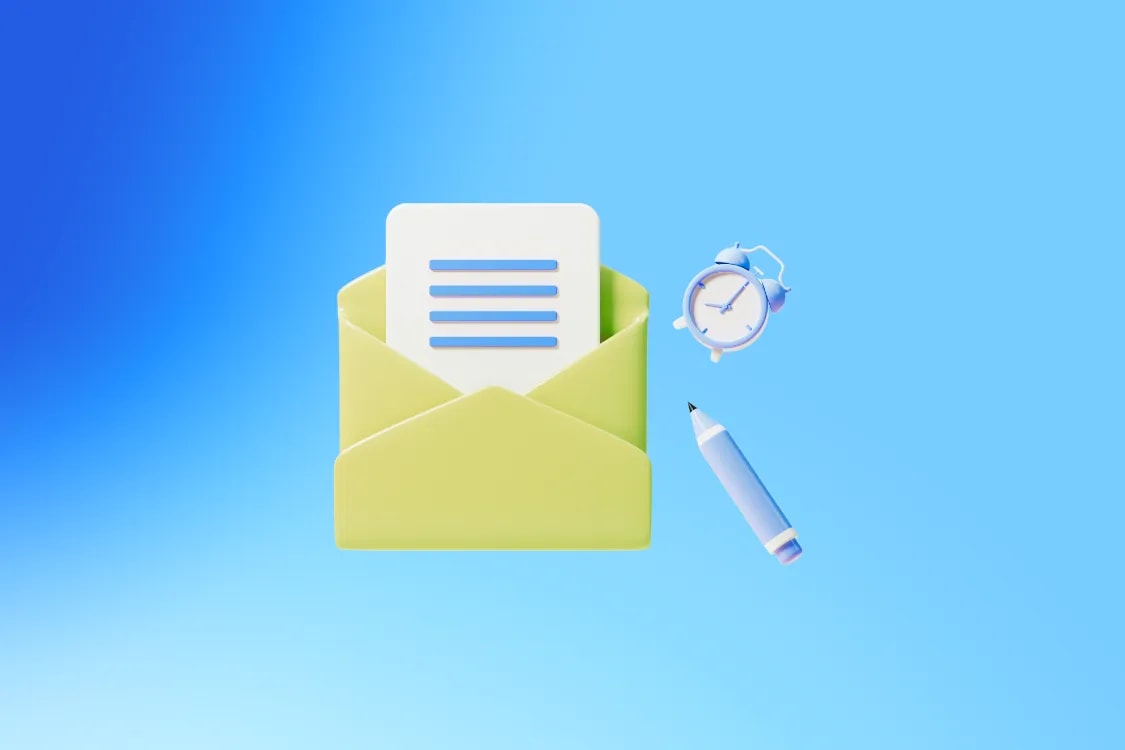
A great event starts with a great invitation message. It sets expectations, sparks interest, and nudges people to click RSVP. When your subject line is honest, your copy is clear, and the value is unmistakable, you’ll see higher opens, clicks, and registrations—without resorting to clickbait.
Compliance matters, too. Treat your subject line like a truthful headline and your invite like a scannable answer to who, what, when, where, why, and how. Regulations such as the CAN-SPAM Act require non-deceptive subject lines and accurate sender details, which also builds trust with your audience. Learn more here: CAN-SPAM Act: A Compliance Guide for Business.
In this invitation message guide, you’ll get a step-by-step framework, examples you can copy, and a measurement plan to help you turn interest into registrations—no matter your event type or budget.
A clear framework for crafting compelling invitations that people open and act on
Examples for corporate, social, and educational events
Tips for timing, personalization, and channel mix
What to track, how to A/B test, and common mistakes to avoid
The Loopyah Content Team shares expert insights, practical guides, and industry updates to help event organizers create unforgettable experiences and stay ahead in the event planning world.
marketing
“Clarity beats cleverness—promise one benefit and deliver it. Make the next step obvious.”
You can’t write a great invitation for “everyone.” The fastest way to lift performance is to match your message to a specific audience segment and moment. Segment first, personalize second. Most customers expect tailored experiences, but over-personalization—especially when it feels intrusive—can backfire. Keep it helpful, not creepy.
Start with a few high-impact segments based on why people attend and how they decide:
Role or goal: attendee job function (e.g., CTO vs. Marketing Manager), or goal (learn, network, buy, recruit)
Engagement history: first-time invitee, past attendee, lapsed attendee, speaker/sponsor prospects
Event proximity: local vs. traveling, VIP vs. general, early-bird vs. last-minute
Channel preference: email-first vs. social-first audiences, mobile vs. desktop readers
Personalize primarily at the segment level: spotlight relevant outcomes, speakers, and logistics each segment cares about. Use individual personalization (name, company) lightly and only when it adds clarity or warmth.
Case example: A B2B webinar split its list into two segments—technical leaders and marketing leaders—while keeping the same landing page. The technical segment emphasized security architecture patterns and featured the VP of Engineering; the marketing segment led with revenue use cases and a customer story. Result: a 38% lift in click-through rate and a 21% lift in registrations vs. a one-size-fits-all invite.
For a deeper dive on segmenting your outreach and writing stronger campaigns, see our guide on event email marketing strategy.
Your subject sets expectations; your preheader completes the thought. Be specific, truthful, and benefit-led. If it’s a webinar, say what they’ll learn and how long it takes. If it’s a party, sell the experience.
Formula: [Primary benefit] + [Format] + [Timeframe]
Avoid clickbait. Misleading subject lines hurt deliverability and, in some markets, break the law. See the FTC’s CAN-SPAM guidance for details.
Examples:
“Rooftop Salsa Night, Fri 7 PM — Free Lesson + Live Band” (preheader: “First 100 get a free mocktail” )
“AI Security Playbook in 45 Minutes — Live Q&A with CISO” (preheader: “Register to get the slide deck + checklist”)
Answer the core questions fast, ideally above the fold or in a visual summary block.
Who it’s for
What it is (format, theme), and why it matters now
When (date, start–end time, time zone) and where (venue + address or URL)
How to join (registration link, price, deadline), and what to bring/expect
If you can’t fit it all up top, add a “Know before you go” block with parking, dress code, ID requirements, accessibility notes, and a calendar link.
Frame the event in terms of outcomes: skills learned, problems solved, people met, entertainment experienced, or perks earned (CE credits, certificates, discounts). Lead with the most valuable outcome for the segment you’re emailing.
B2B example: “Leave with a 7-step playbook for launching AI pilots safely.”
Consumer example: “Dance under the stars to a live 10-piece band—no experience required.”
One email, one primary action. Use a high-contrast button label that starts with a verb and reinforces the benefit. Repeat the CTA near the top and bottom if the message is long.
CTA examples: “Save my seat,” “Get tickets,” “Join the waitlist,” “Request invite”
Add a text link under the button as a fallback for images-off users
Decide the single action you want from this send. Are you driving registrations, moving people from “interested” to “committed,” or nudging paid upgrades? Your purpose shapes your copy, CTA, and targeting.
Primary goal: register, buy, upgrade, volunteer, sponsor
Secondary goal: saves or shares, add-to-calendar, invite-a-friend
Match your tone to the audience and event experience. Corporate audiences appreciate direct, outcome-focused copy; social guests want excitement and vibe; learners want clarity, structure, and proof of value.
Corporate: concise, credible, expert-led (“Join 500 peers for a 45-minute briefing…”)
Social: sensory, FOMO, community (“Sunset views, live brass band, first drink on us…”)
Educational: structured, benefit + credential (“Earn 2 CE credits and a ready-to-use template…”)
Write for scanners. Lead with the value, not the agenda. Use bullets to summarize outcomes and name-drop high-impact speakers, partners, or perks.
Outcomes: what they’ll learn, experience, or walk away with
Proof: notable speakers, customer stories, CE credits, giveaways
Place one primary button near the top and repeat it once near the end. Use direct labels that communicate the action and value. Consider a secondary link for those who need more details, but don’t create competing CTAs.
CTA ideas:
“Save my seat” (free registration)
“Get tickets” (paid tickets)
“Request invite” (limited-capacity or curated list)
Proofread with fresh eyes and test across devices. Send test emails to yourself and a colleague, skim on mobile, and click every link (including the image and logo). Check that your calendar file opens correctly and your landing page matches the promise of the invite.
Below are three invitation message examples—corporate, social, and educational—each built around clarity, a concrete value promise, and a single CTA. Steal the structure and adapt it to your brand.
Subject: AI Security Playbook for 2025 — Stop Leaks Before They Start | Preheader: 45-minute briefing + live Q&A; get the slide deck
Body: You’re invited to a fast, practical session for technology leaders who need to accelerate AI adoption without risky data exposure. In 45 minutes, our CISO and VP of Engineering will share the patterns they use to secure pilot projects at scale. You’ll leave with a 7-step checklist and a policy template you can adapt in under an hour.
What you’ll learn: threat modeling for generative AI, vendor assessment shortcuts, and rollout guardrails
When & where: Tue, Nov 12 • 10:00–10:45 AM PT • Live on Zoom
Who it’s for: CTOs, CISOs, Heads of Platform/ML
CTA: Save my seat (free)
Why it works: benefit-led subject, precise duration, executive speakers, and a tangible takeaway. The CTA repeats the value (“save my seat”) instead of a generic “submit.”
Subject: Rooftop Salsa Night — Free Lesson + Live Band (Fri 7 PM) | Preheader: First 100 guests get a free mocktail
Body: Friday is for dancing. Join us on the Skyline Rooftop for sunset salsa, a 10-piece brass band, and a free beginner lesson at 7:15 PM. Bring a friend—no experience required.
Where: Skyline Rooftop, 725 Pine St (enter via 8th Ave), indoor rain plan ready
When: Fri, Oct 25 • Doors 6:30 PM • Lesson 7:15 PM • Live band 8–10 PM
Tickets: $15 online ($20 at door) • First 100 get a free mocktail
CTA: Get tickets
Why it works: it sells the experience (sunset, live band), makes logistics painless, and creates urgency with a first-100 perk and at-door price increase.
Subject: Canva Crash Course for Non‑Designers — Earn a Certificate | Preheader: Hands-on templates + feedback in 2 hours
Body: Build professional social graphics fast. In this two-hour workshop, you’ll learn 5 plug-and-play layouts, master brand kits, and get live feedback from a senior designer. Earn a certificate upon completion.
When & where: Wed, Dec 4 • 1–3 PM ET • In person (Studio 2B) + live-stream
You’ll leave with: 5 templates, a brand kit, and a certificate you can add to LinkedIn
CTA: Reserve my spot
Why it works: outcomes are concrete (templates, brand kit, certificate), objections are handled (in person + live-stream), and the CTA repeats the benefit (“my spot”).
Choosing the right channel mix and timing can be as important as the message itself. Start with the channel your audience already checks—usually email—then support it with social posts, DMs, or SMS where appropriate.
Email: best for details and conversion; include one primary CTA and a calendar link
Social: best for reach and FOMO; use short teaser copy + RSVP link or Link in Bio
DM/SMS: best for VIPs or last-minute reminders; keep concise and always include opt-out language where required
If you already use Loopyah to email event attendees, you can segment lists, personalize content blocks, and schedule reminders from one place. Learn more about our email attendees feature.
There’s no universal “best time,” only the best time for your audience. Use your own engagement data or a send-time optimization tool to target when your subscribers are most active. Stagger cadence by segment: announce, follow up with a value-focused reminder, and send a polite last call before the deadline.
Cadence idea: announce (3–4 weeks out), early reminder (2 weeks), last call (48–72 hours), day-of reminder (if applicable)
Localize time zones and reference them in the invite (e.g., “10 AM PT / 1 PM ET”)
For more planning support—especially around pre-launch teasers and deadline-driven bursts—check our event marketing timeline guide.
Personalize only where it helps the reader decide. Good: tailoring benefits and objections by segment. Risky: overusing personal data or urgent language that doesn’t match the context. Always test personalization vs. control—especially for subject lines.
Want more ideas to warm up your audience before you invite them? See content marketing for events for pre-event storytelling tactics that boost RSVP rates.
Measure what matters: clicks and registrations. Open rates are increasingly noisy due to privacy changes, so treat them as directionally useful, not definitive. Focus on CTR, CTOR, and RSVP conversion to judge whether your invitation message is working.
CTR (click-through rate): clicks ÷ delivered. Shows overall message effectiveness.
CTOR (click-to-open rate): clicks ÷ opens. Gauges how compelling your content/CTA is among openers.
RSVP/registration conversion: completed registrations ÷ clicks. Validates offer–audience fit and landing page consistency.
Benchmark carefully—your list quality and event category matter. For directional context, see recent email marketing benchmarks by Salesforce.
Attribute every click and RSVP with UTMs so you can compare channels and campaigns. Use consistent naming:
utm_source=email
utm_medium=invite
utm_campaign=2025_summit_prelaunch
utm_content=subject_a
A/B testing tips:
Test one variable at a time: subject line, preheader, CTA label, value framing (save time vs. cut costs)
Target statistically meaningful segments; avoid slicing lists so thin that results are inconclusive
Run tests long enough to reach significance; then roll the winner into the next send
Most invitation message pitfalls come from ambiguity, generic copy, and diluted CTAs. Here’s what to watch for—and how to fix it.
Missing logistics: date, time zone, venue/URL, or price is unclear → Fix: add an at-a-glance summary box above the fold and a “Know before you go” section at the end.
Generic value: promises are vague or sound like everyone else’s → Fix: name the specific outcome, speaker, or perk that matters to this segment.
Over-personalization: using personal data that feels invasive → Fix: personalize benefits, not biographies. Keep it helpful and relevant.
Multiple CTAs: too many choices reduce action → Fix: choose one hero CTA and demote the rest or move them to the landing page.
If you’re planning a multi-touch campaign around your invite, our event marketing timeline will help you sequence teasers, announcements, and reminders for maximum impact.
High-performing invitations combine audience insight, a specific value promise, precise logistics, and a single clear CTA—delivered on the channels and times your audience prefers and measured with disciplined tagging and testing. When in doubt, simplify: clarify the benefit, shorten the copy, and make the next step obvious.
Want to go further? Explore our content marketing for events playbook to warm up your audience before you send the invite, then schedule segmented reminders with Loopyah’s email tools.
When you’re ready to sell more tickets with clear, compelling invites, Loopyah has you covered.
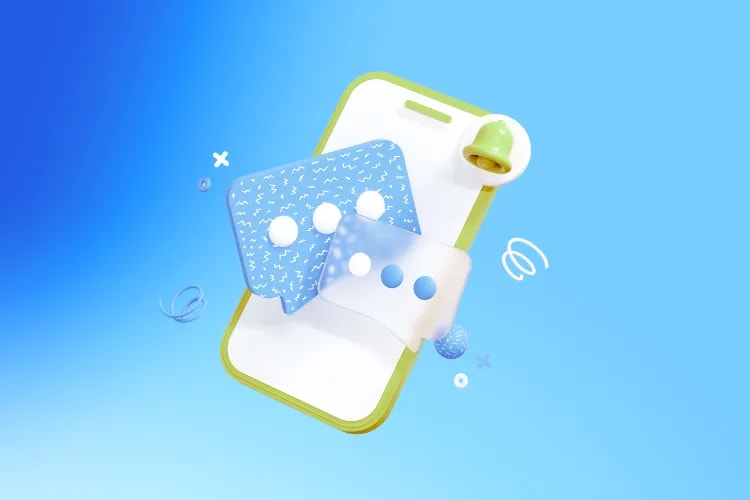
marketing
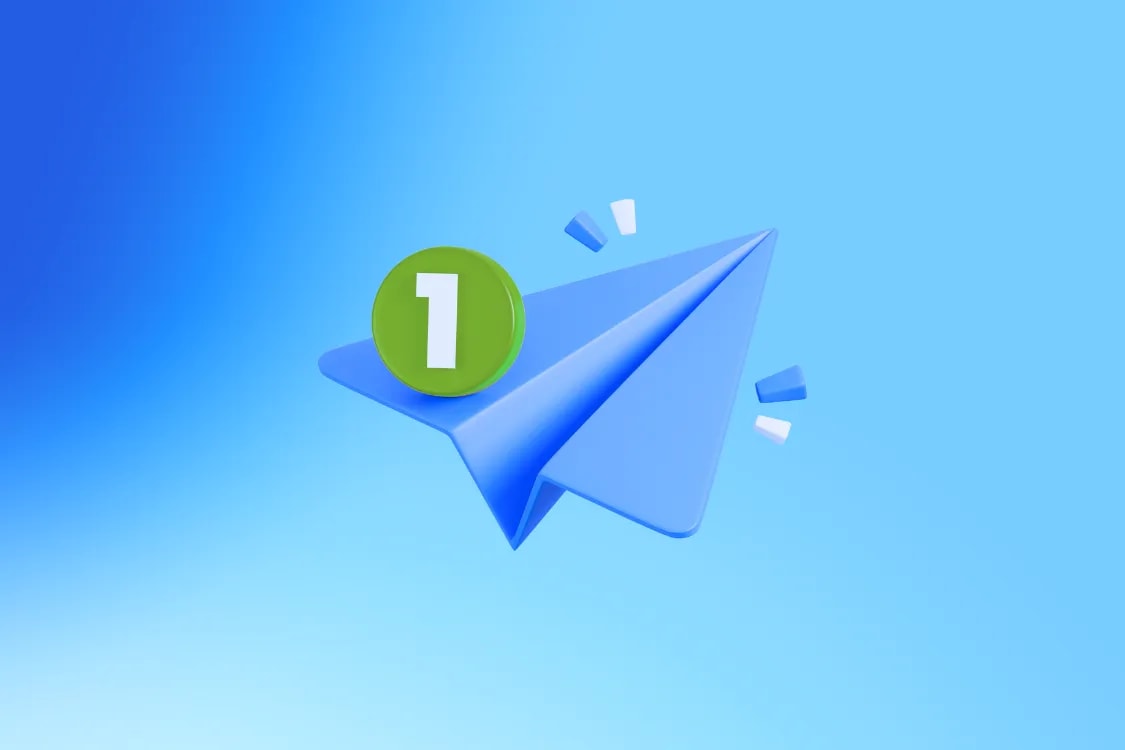
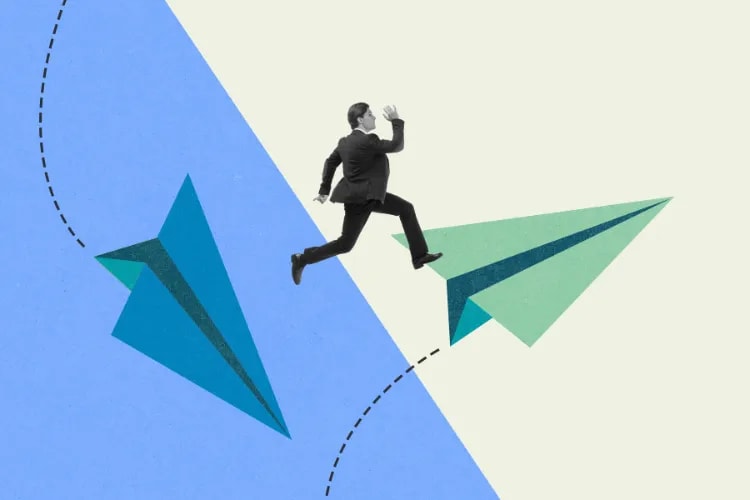
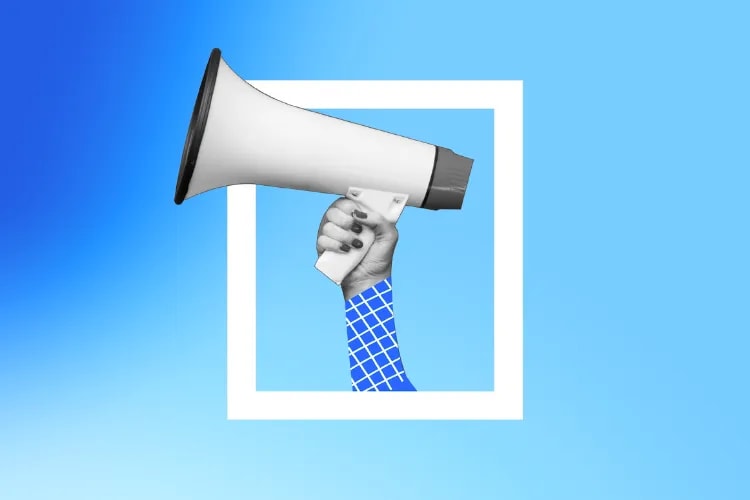
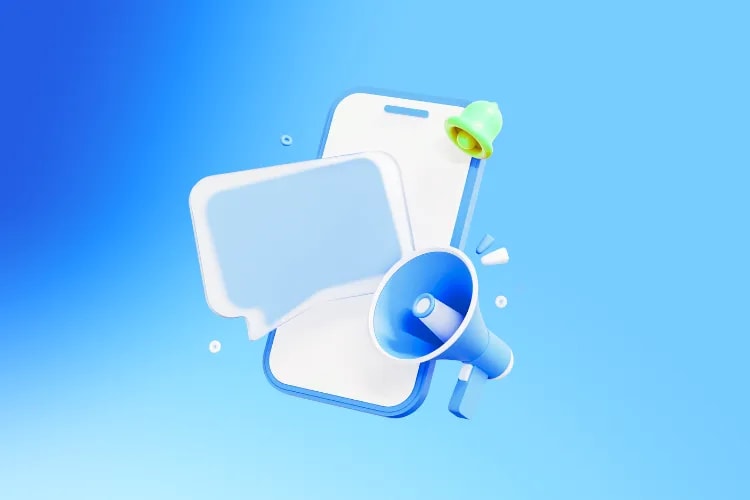

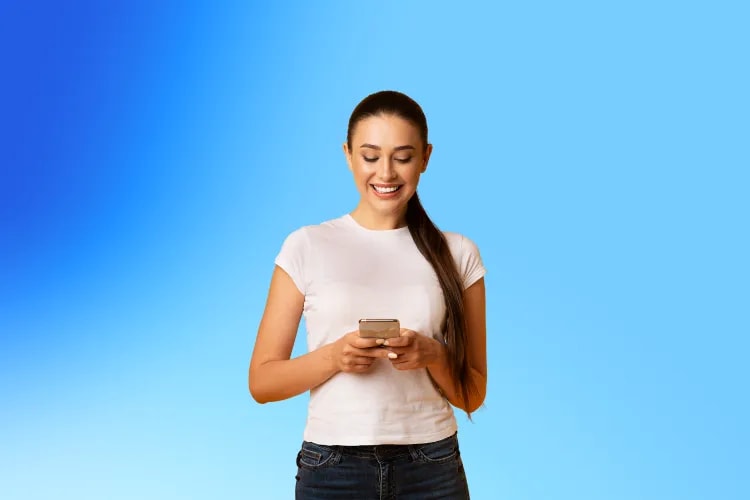
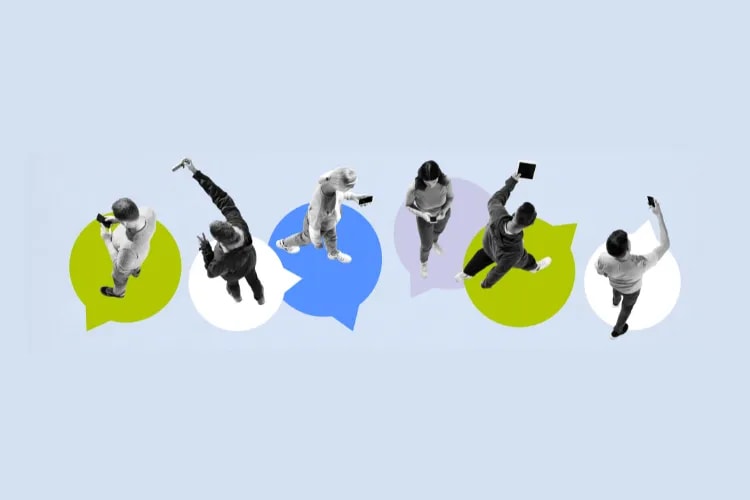

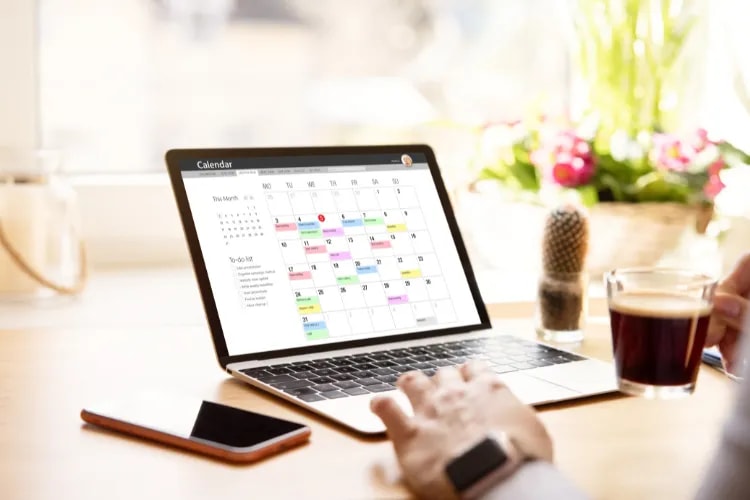
marketing
growth
selling
planning
marketing
marketing
marketing
selling
planning